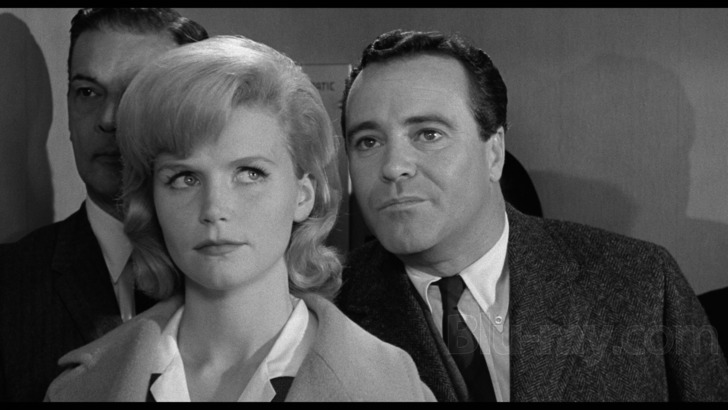Navigating The Days of Wine and Roses A Journey Through Time
In the realm of classic literature, “the days of wine and roses” has become a poetic phrase encapsulating both the beauty and transience of life. This idiom, originating from a famous poem by Ernest Dowson, has since evolved to symbolize fleeting moments of joy and pleasure. As we delve into the depths of its meaning and explore its cultural significance, we embark on a journey through time, exploring the origins of this evocative expression.
The Origin and Literary Heritage:
The phrase “the days of wine and roses” finds its roots in Ernest Dowson’s poem titled “Vitae Summa Brevis,” which translates to “The Brief Sum of Life.” Dowson, a 19th-century English poet, reflects on the ephemeral nature of life, likening it to the fleeting beauty of roses and the intoxicating pleasure of wine. The juxtaposition of these two symbols paints a vivid picture of the transient nature of joy and happiness.
Also read: Unveiling Krnlkeyphp Your Gateway to Roblox Scripting Magic
The Days of Wine and Roses in Popular Culture
The enduring allure of Dowson’s phrase has transcended its literary origins, finding a permanent place in popular culture. From movies and music to literature and art, “the days of wine and roses” has become a universal metaphor for the transient nature of happiness. In the 1962 film of the same name, director Blake Edwards further popularized the expression, portraying the struggles of a couple as they navigate the complexities of love, addiction, and the inevitable passage of time.
Exploring the Symbolism
The metaphorical richness of “the days of wine and roses” lies in its dual symbolism. The reference to wine signifies pleasure, celebration, and the intoxicating highs of life. On the other hand, roses, with their fleeting beauty and inevitable decay, represent the ephemeral nature of joy and happiness. Together, these symbols create a powerful narrative that resonates with people across cultures and generations.
Body:
The enduring appeal of “the days of wine and roses” lies in its universal resonance. In a world characterized by constant change and the pursuit of ephemeral pleasures, the phrase serves as a poignant reminder of the impermanence of joy. Just as wine is consumed, and roses wither, so too do the moments of bliss in our lives come and go.
As we navigate the complexities of our existence, it becomes essential to appreciate and savor these fleeting moments. The metaphor encourages introspection, prompting individuals to reflect on the choices they make, the relationships they cultivate, and the manner in which they embrace the present. In a society often driven by the pursuit of success and material gains, “the days of wine and roses” serves as a gentle nudge to cherish the intangible aspects of life.
Modern Interpretations and Adaptations
In the realm of modern literature and art, the phrase continues to inspire interpretations that reflect the contemporary human experience. Authors, poets, and artists draw upon its profound symbolism to explore themes of love, loss, and the inexorable passage of time. Whether in novels, paintings, or song lyrics, the essence of “the days of wine and roses” permeates creative works, providing a timeless backdrop for storytelling.
Embracing Impermanence and Mindfulness
The metaphorical journey through the days of wine and roses also invites contemplation on the concept of mindfulness. By acknowledging the transient nature of joy, individuals can cultivate a deeper appreciation for the present moment. This mindset encourages people to live more authentically, fostering connections and experiences that hold true value beyond fleeting pleasures.
FAQs:
Q1: What does “the days of wine and roses” mean?
A1: “The days of wine and roses” is a metaphorical expression that symbolizes the transient and fleeting nature of joy and happiness in life. It originated from a poem by Ernest Dowson and has since become a widely recognized phrase in popular culture.
Q2: How was the phrase popularized?
A2: The phrase gained widespread recognition through its use in the 1962 film “The Days of Wine and Roses,” directed by Blake Edwards. The film explores the challenges faced by a couple as they grapple with love, addiction, and the passage of time.
Q3: Are there other instances of the phrase in literature?
A3: While the phrase is directly associated with Dowson’s poem and the subsequent film, its evocative nature has inspired various references in literature, music, and art over the years.
Conclusion:
“The days of wine and roses” encapsulates a timeless message that transcends generations and cultures. From its literary origins in the poignant verses of Ernest Dowson to its adaptation in film and permeation into modern culture, the phrase serves as a powerful reminder of life’s impermanence. As we navigate the complexities of our existence, embracing the metaphorical days of wine and roses encourages us to savor the present, appreciate the beauty in our lives, and cultivate a mindful approach to the fleeting nature of joy.


1 thought on “Navigating The Days of Wine and Roses A Journey Through Time”